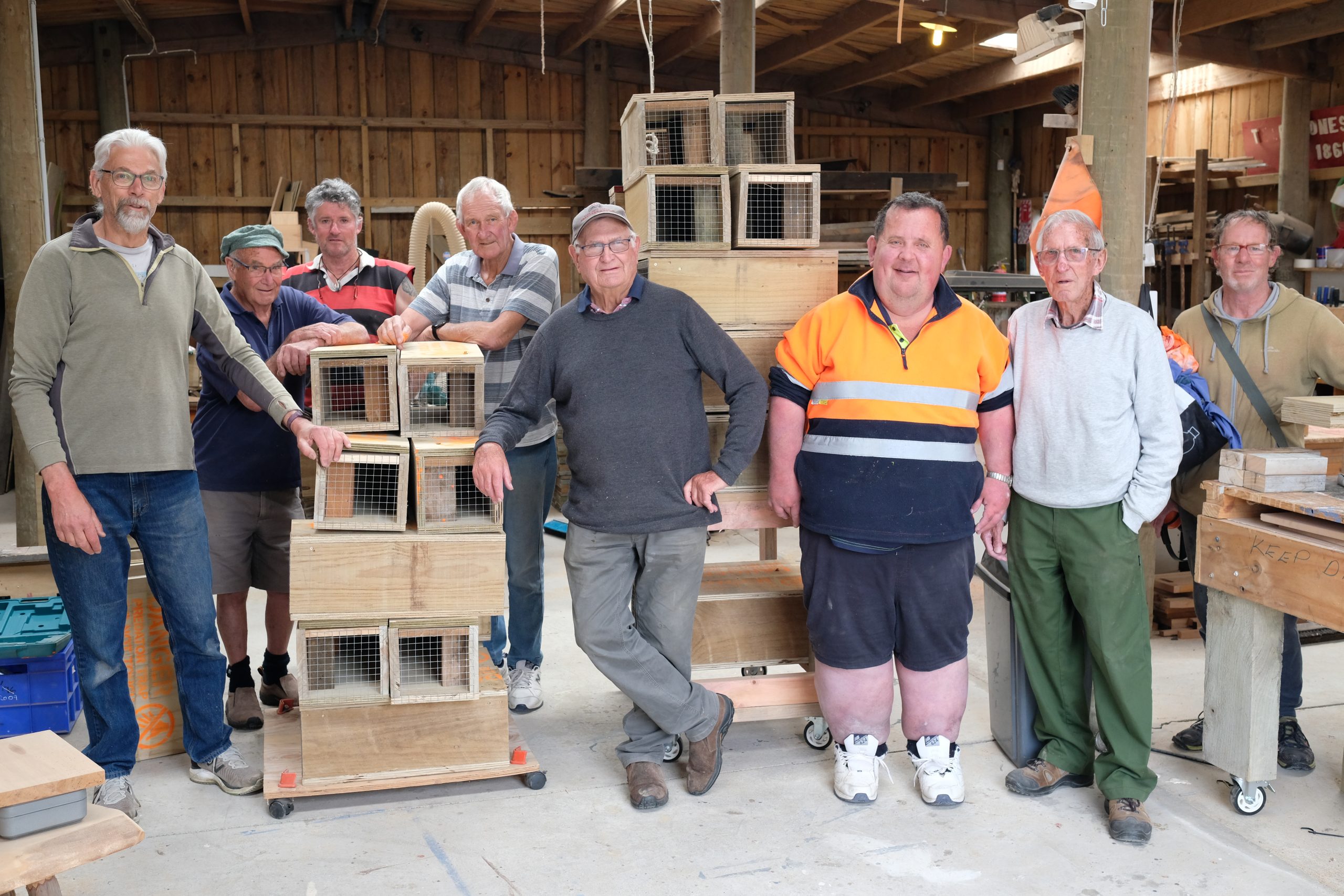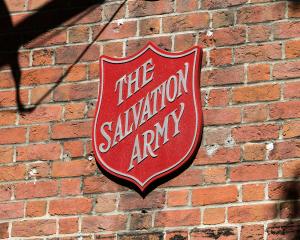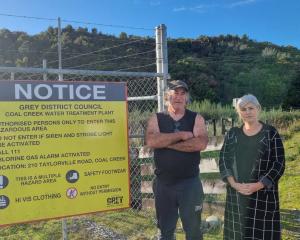A community effort is helping to protect native birds on the Waiau Toa Clarence River.
Environment Canterbury has engaged the services of the Kaikōura Community Shed to build predator traps, while an agreement is in place with Clarence River Rafting to help lay a trapline.
Senior biodiversity officer Heath Melville said he had ordered 40 traps from the Kaikōura Community Shed in the latest round.
‘‘We’ve used the men’s shed on a number of projects and they are a great bunch to work with.’’

Known as ‘‘Blue’s Group’’, the group is looked after by Te Hā o Te Ora Kaikōura Health community support worker Belinda ‘‘Blue’’ Rickerby.
‘‘We have been working with Heath for a while and he has taken us out to where the traps are going.’’
Shed co-ordinator Darryl McRobie said the shed members enjoyed supporting community initiatives.
‘‘Heath is a really good contact for us because he wants to deal with local people, instead of employing out of town people to build their traps, which is great.’’

Mr Melville said a number of predators were captured in the traps last summer, but a trail of dead birds was found in the surrounding area demonstrating the need for trapping.

‘‘It means that of the 450 chicks, it could be anywhere between 150 and 350 actually fledge,’’ he said.
Native birds in the area included tarāpuka/black-billed gull, tara/white-fronted tern, tōrea/oystercatchers, taranui/caspian tern, tūturiwhatu/banded dotterel and poaka/pied stilt.
The traps were targeting southern black-backed gulls, rats, hedgehogs, stoats, weasels, ferrets and feral cats.
- By David Hill
Local Democracy Reporter
• Public interest journalism funded through New Zealand on Air












